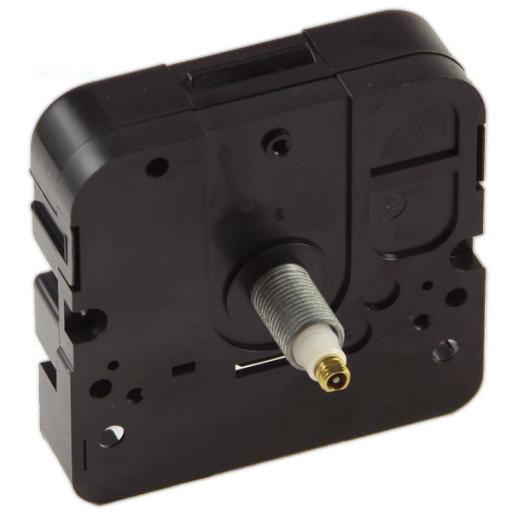Quartz Clock Movements Open up Your Vistas

Quartz clock movements are the modern-day electronic matching of typical, mechanical control centers for timekeeping. But quartz clock movements (additionally known as clock motors) have no springtimes, weights, wheels, or gears to track time; rather, the quartz crystal generates a stream of pulses that are really quick and extremely constant, indicating that counting and partitioning the pulses supplies an exact action of elapsed time. Let us see exactly how these wonderful devices can open a new world to you.
Non-quartz clock movements run mechanically, using rotational force to transform a flywheel and a collection of gears to establish individual time systems (i.e., secs). Without guideline, the flywheel would certainly rotate also quick, which is where pendulums and escapement systems can be found in. The pendulum is limited to turn one level in half a second, and the gear network converts the oscillation right into secs, minute, and hours.
Modern electronic motors operate identically-- a minimum of to the viewer-- although a completely various strategy is made use of to get the exact same outcomes. The first thing one needs to recognize is that quartz crystals normally shake at their reverberating regularities when a voltage decline is related to them. Next off, one must recognize that the whole factor of clocks is to track elapsed time (resetting every 12 or 1 day), and that whether this is done mechanically or online is a non-issue.
Nonetheless, the digital strategy has several benefits that go beyond merely getting rid of the bulk of flywheels, weights, and equipments. Electronic motors basically digitize the whole procedure, converting what made use of to be performed in equipment right into software. This provides much better versatility and flexibility than their mechanical equivalents, and in fact they can execute virtually whatever functionality can be thought up due to the fact that programming has no hardware restrictions.
For example, suppose we intend to lengthen the resetting time, or the duration at which every little thing wraps around to where it started? Twelve hours and twenty-four hours are popular options, but there's nothing preventing one from going a complete week, or perhaps a month!
Naturally, there's no factor implementing such time extensions if you couldn't reveal them, suggesting specifically adjusted dials and perhaps an added hand. For the weekly period, the days are printed in the center of the dial and the (brief) extra hand leaps to the next day every 24 hr. In a similar way, for once-a-month durations, days of the month are printed along the dial's circumference and a longish hand ticks to the next once a day.
A cool alternative "clock" activity that you can acquire tracks tide degree. The only actual difference is going from a solar cycle to the lunar cycle, which is 1 day and 50 minutes. The movement needs to be booted up and adjusted for local problems, once this is done the trend level will always be exact.
The tide-level movement (which can be incorporated with normal timekeeping to show time and trend on one face), is a kind of lead-in to movements that depart from periodicity. Right here, the thing shown is a climate sensation, such as humidity or temperature, and the solitary hand revolves in between 2 extremes of a scale. Sensing units are made use of to find existing worths, and the electric motor converts the worth right into hand placement.
The astute visitor will certainly understand that we are no longer in the world of quartz movements, as there is no factor to track elapsed time. However the electronic quartz technology has liberated the creative imagination to believe in terms of software as opposed to hardware.
An intriguing result of all this is that there is a market for clocks and attributes of the past, such as grandpa clocks with oscillating pendulums. The digital movements can fit such wishes via simulation, although pendulums are no longer operating components; this is especially valuable for clockmakers who want to bring back an old, non-functioning heirloom. Obviously, quartz clock movements open up your panoramas.